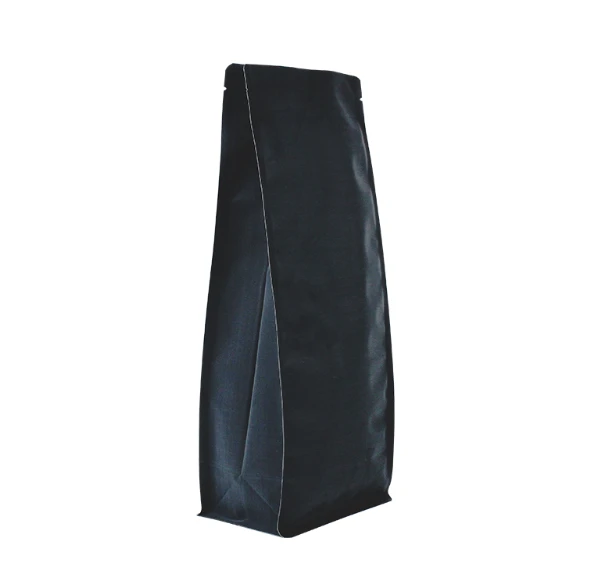- Afrikaans
- Albanian
- Amharic
- Arabic
- Armenian
- Azerbaijani
- Basque
- Belarusian
- Bengali
- Bosnian
- Bulgarian
- Catalan
- Cebuano
- chinese_simplified
- chinese_traditional
- Corsican
- Croatian
- Czech
- Danish
- Dutch
- English
- Esperanto
- Estonian
- Finnish
- French
- Frisian
- Galician
- Georgian
- German
- Greek
- Gujarati
- haitian_creole
- hausa
- hawaiian
- Hebrew
- Hindi
- Miao
- Hungarian
- Icelandic
- igbo
- Indonesian
- irish
- Italian
- Japanese
- Javanese
- Kannada
- kazakh
- Khmer
- Rwandese
- Korean
- Kurdish
- Kyrgyz
- Lao
- Latin
- Latvian
- Lithuanian
- Luxembourgish
- Macedonian
- Malgashi
- Malay
- Malayalam
- Maltese
- Maori
- Marathi
- Mongolian
- Myanmar
- Nepali
- Norwegian
- Norwegian
- Occitan
- Pashto
- Persian
- Polish
- Portuguese
- Punjabi
- Romanian
- Russian
- Samoan
- scottish-gaelic
- Serbian
- Sesotho
- Shona
- Sindhi
- Sinhala
- Slovak
- Slovenian
- Somali
- Spanish
- Sundanese
- Swahili
- Swedish
- Tagalog
- Tajik
- Tamil
- Tatar
- Telugu
- Thai
- Turkish
- Turkmen
- Ukrainian
- Urdu
- Uighur
- Uzbek
- Vietnamese
- Welsh
- Bantu
- Yiddish
- Yoruba
- Zulu
silica gel msds
Understanding Silica Gel Safety and Material Data Sheet (MSDS)
Silica gel, a desiccant commonly used for controlling humidity, is a versatile material composed of silicon dioxide (SiO₂). It features a porous structure that can absorb moisture, making it an ideal candidate for preserving the freshness of products across various industries. However, like any chemical substance, it is essential to understand its safety information, particularly through its Material Safety Data Sheet (MSDS).
Composition and Identification
Silica gel, primarily composed of silica, comes in various forms, including granular or bead formats, and is often packaged in sachets. These packets are frequently found in a wide array of consumer products, from electronics to food packaging, to ensure product longevity. The MSDS for silica gel provides detailed information on its physical and chemical characteristics, including its chemical name, synonyms, and the formula structure, making it easier for users to identify the material.
Hazards Identification
While silica gel is generally considered safe to handle, the MSDS outlines potential hazards associated with its use. It is primarily classified as a nuisance dust under occupational health regulations. Inhalation of silica dust, particularly in large quantities, can lead to respiratory issues. Therefore, workplaces that involve handling or packaging silica gel should implement proper ventilation and safety measures to minimize dust exposure.
Moreover, silica gel is classified as a non-toxic material. However, when packaged in sachets, manufacturers often incorporate a desiccant indicating “Do Not Eat” due to the presence of food-grade additives or color indicators that may not be safe for consumption.
First Aid Measures
silica gel msds

The MSDS provides essential first aid measures in case of accidental exposure. If silica gel dust is inhaled, the individual should be moved to an area with fresh air. In cases of skin contact, washing with soap and water is recommended, while eyes should be rinsed with clean water for at least 15 minutes if exposed. It is crucial to follow the first aid protocols outlined in the MSDS for any adverse reactions.
Handling and Storage
For safe handling of silica gel, the MSDS emphasizes the importance of wearing appropriate personal protective equipment (PPE), such as gloves, goggles, and dust masks, especially in industrial settings. The material should be stored in a tightly closed container in a cool, dry place to maintain its effectiveness and prevent degradation.
Environmental Impact
Silica gel is environmentally benign and does not pose significant hazards to the environment. The MSDS suggests that if disposed of, silica gel can be treated as non-hazardous waste. Nonetheless, manufacturers encourage following local regulations regarding waste disposal and recycling.
Conclusion
Understanding the Material Safety Data Sheet for silica gel is critical for anyone who uses or handles this prevalent desiccant. While it is largely safe and effective for moisture control, awareness of potential hazards and adherence to safety protocols can significantly minimize health risks. By following the guidelines provided in the MSDS, users can ensure a safer working environment while enjoying the benefits that silica gel offers across various applications.
For anyone handling silica gel, whether in a professional setting or consumer applications, reviewing the MSDS will provide vital information about safe usage, potential risks, and emergency procedures to follow in case of exposure, reinforcing the importance of safety in all aspects of working with chemical materials.













